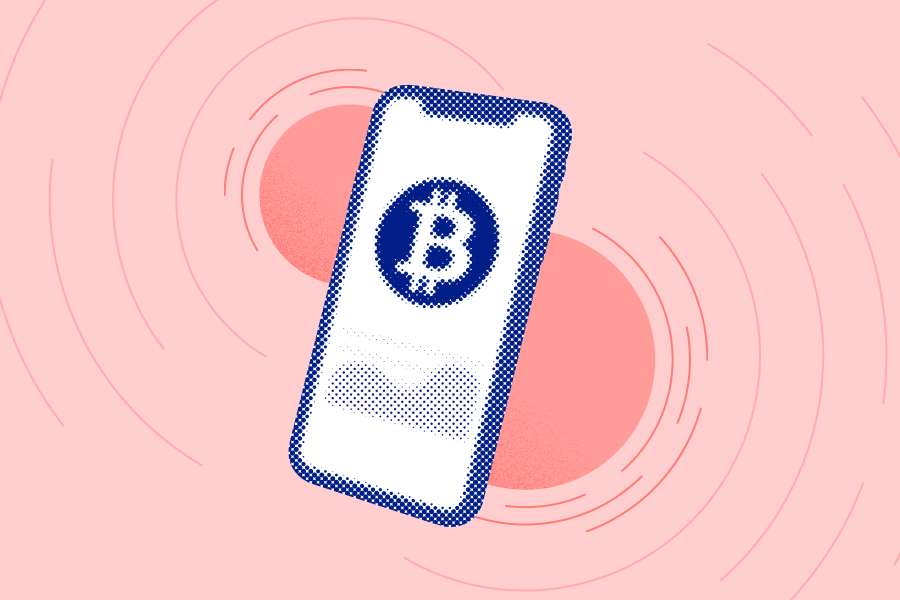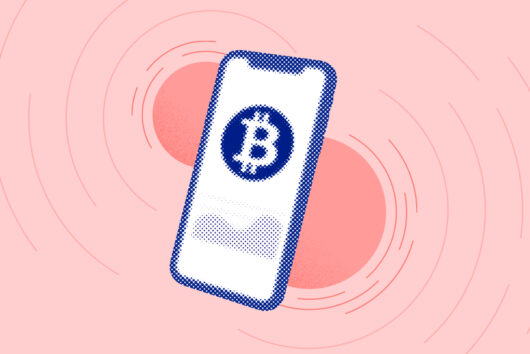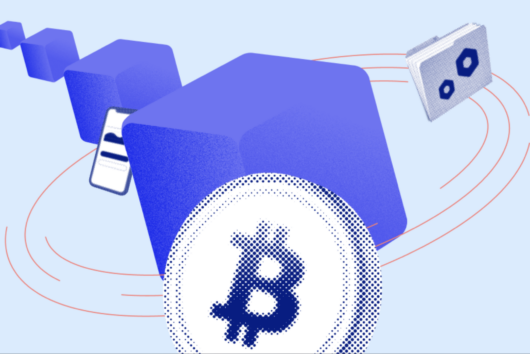Bitcoin Halving (Halvening): Everything you need to know

Satoshi Nakamoto, Bitcoin’s creator(s), designed Bitcoin in such a way that the rate at which new Bitcoin is created is halved every four years. This will continue to happen until there are 21 million Bitcoin in circulation, after which no more coins will see the light of day. Bitcoin is expected to reach its hard limit in the year 2140.
New Bitcoin is created every time a miner is rewarded for authorising transactions on the Bitcoin blockchain. Halving means that these block rewards, and therefore the creation of new Bitcoin, will be halved every four years. Miners will eventually be rewarded with transaction fees instead of block rewards.
It is widely accepted that Nakamoto created Bitcoin in response to the 2008 financial crisis, during which the level of inflation went through the roof. Money was worth less while the price of consumer goods increased. The printing of money by central banks can also lead to inflation, in that the more notes of a certain currency there are in circulation, the less that currency is worth. Nakamoto was very much aware of this when creating Bitcoin, which is why he set a limit on the number of possible Bitcoin in the world. That way they should retain their value as they become more scarce.
 Discover
Discover Help Centre
Help Centre Status
Status Company
Company Careers
Careers Press
Press


